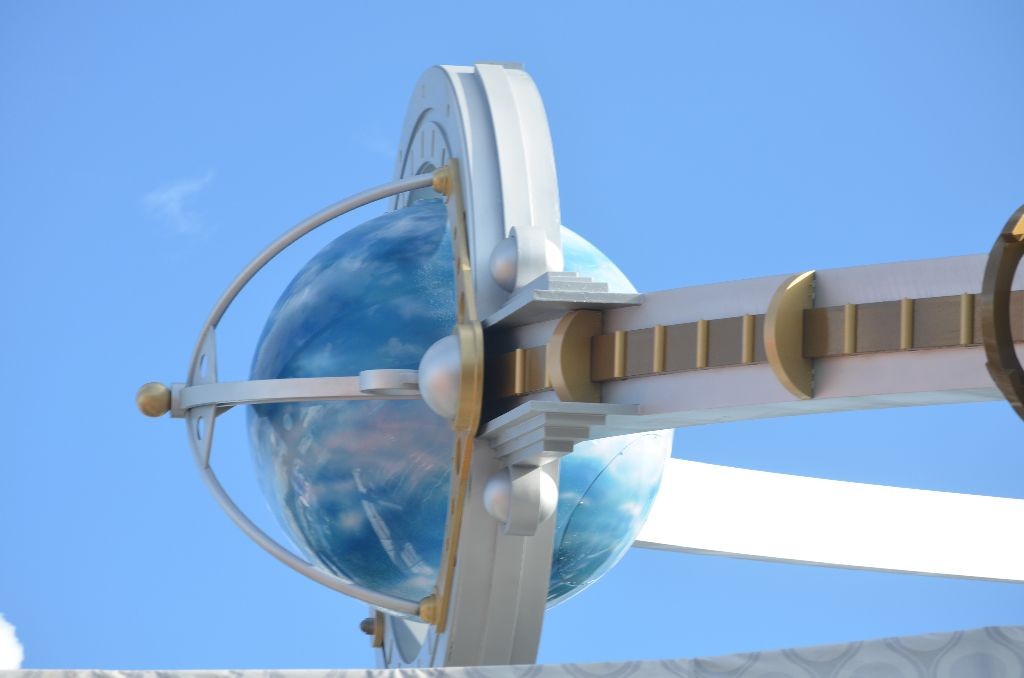

Solar Orbiter will also capture high-resolution images of the sun and record the solar wind, an energized flow of particles that stream away from the sun. The data collected during the flyby could help scientists unlock some of the biggest remaining solar mysteries, including why and how the temperature rises through the sun’s atmosphere. The spacecraft also carries high-resolution telescopes. This produces a chain of orbital resonance throughout the system.Solar Orbiter’s 10 instruments will be running simultaneously, ready to measure the solar wind and keep an eye out for mini flares, called campfires, that researchers spied in the mission’s first images in 2020. That's because these resonances are thought to result when planetary embryos in the protoplanetary disc grow and migrate inwards, away from the outer edge of the disc. In this scenario, the resonances play a crucial part." "Such systems are believed to form far from the star before migrating towards it. "Several compact systems with several planets in, or close to, resonances are known, such as TRAPPIST-1 or Kepler-80," explained astronomer Stephane Udry of the University of Geneva. That's not quite perfect resonance - but it's close enough to classify HD 158259 as an extraordinary system.Īnd this, the researchers believe, is a sign that the planets orbiting the star did not form where they are now. These produce period ratios of 1.57, 1.51, 1.53, 1.51, and 1.44 between each pair of planets. Starting closest to the star - the super-Earth, revealed by TESS to be around twice the mass of Earth - the orbits are 2.17, 3.4, 5.2, 7.9, 12, and 17.4 days. Using measurements taken using the SOPHIE spectrograph and the TESS exoplanet-hunting space telescope, an international team of researchers led by astronomer Nathan Hara of the University of Geneva in Switzerland were able to precisely calculate the orbits of each planet. That means for every three orbits each planet makes, the next one out completes two. But each planet orbiting HD 158259 is in an almost 3:2 resonance with the next planet out away from the star, also described as a period ratio of 1.5.

Orbital resonances have also been identified in exoplanets. It's like bars of music being played simultaneously, but with different time signatures - two beats for the first, three for the second. For every two laps Pluto makes around the Sun, Neptune makes three. These two bodies are in what is described as a 2:3 orbital resonance. In the Solar System, it's pretty rare in planetary bodies probably the best example is Pluto and Neptune.

Orbital resonance is when the orbits of two bodies around their parent body are closely linked, as the two orbiting bodies exert gravitational influence on each other. It's orbited by six planets: a super-Earth and five mini-Neptunes.Īfter monitoring it for seven years, astronomers have discovered that all six of those planets are orbiting HD 158259 in almost perfect orbital resonance. This discovery could help us to better understand the mechanisms of planetary system formation, and how they end up in the configurations we see. The star itself is about the same mass and a little larger than the Sun - a minority in our exoplanet hunts.


 0 kommentar(er)
0 kommentar(er)
